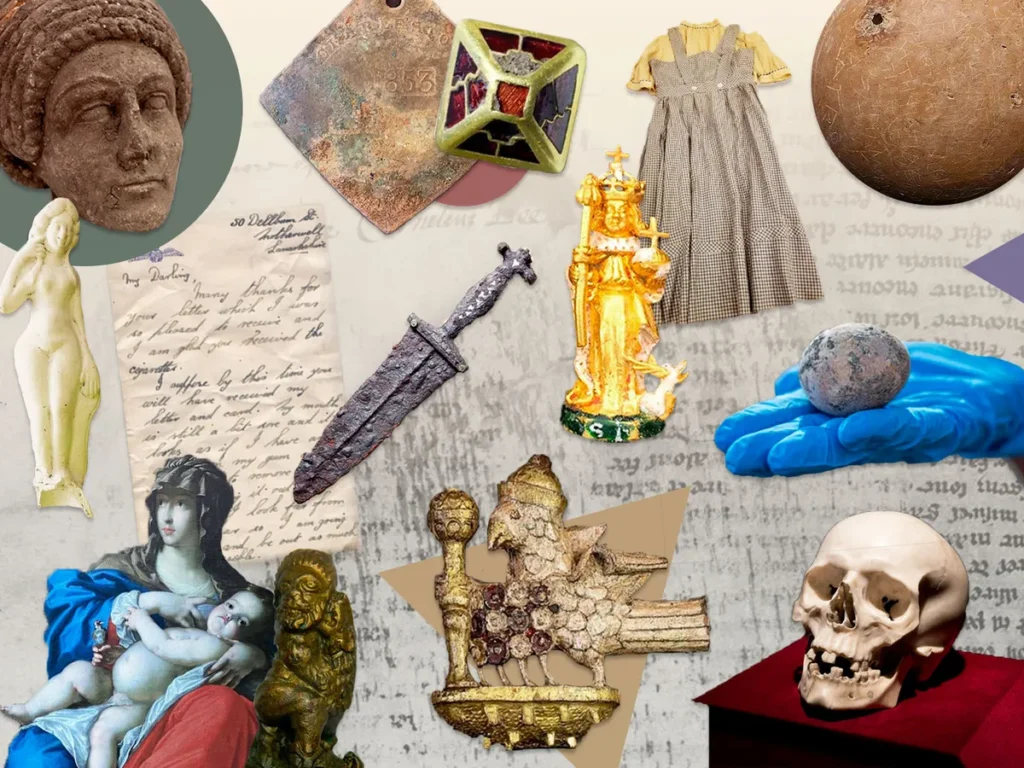
Throughout history, objects have served as silent witnesses to the evolution of human civilization. From simple tools to intricate works of art, they hold within them a wealth of information about our past, present, and future. This captivating exploration delves into the fascinating world of objects, uncovering their stories, significance, and enduring impact on our lives.
This article will embark on a journey through time, examining the history of objects, their cultural significance, and the hidden meanings they often conceal. We’ll explore how everyday items have shaped human civilization and how they continue to serve as powerful storytellers, transmitting knowledge and shaping our understanding of the world.
History of Objects
The history of objects is inextricably intertwined with the history of humanity itself. The earliest objects were rudimentary tools crafted from stone, bone, and wood, essential for survival in prehistoric times. These early artifacts provide invaluable insights into the ingenuity and resourcefulness of our ancestors. As civilizations developed, so too did the complexity and sophistication of objects.
The invention of metalworking revolutionized object creation, leading to the development of more durable and intricate tools, weapons, and decorative items. Ancient civilizations like Egypt, Greece, and Rome left behind a legacy of magnificent sculptures, pottery, and architectural marvels that continue to inspire awe today. The Middle Ages witnessed the rise of guilds and specialized craftsmanship, resulting in exquisite works of art and functional objects imbued with cultural symbolism.
Cultural Significance of Objects
Objects are more than just physical entities; they carry profound cultural significance, reflecting the beliefs, values, and traditions of societies throughout history. Ritual objects, such as masks, amulets, and ceremonial vessels, played a central role in religious practices and social rituals. Everyday objects, like clothing, furniture, and household utensils, often bore symbolic meanings and conveyed social status or identity.
Cultural exchange and trade routes facilitated the dissemination of ideas and objects across vast distances, leading to the fusion of different artistic styles and cultural influences. The study of objects allows us to trace the evolution of cultural practices, beliefs, and aesthetics over time.
Everyday Items and Hidden Meanings
Even seemingly mundane everyday items can hold hidden meanings and tell fascinating stories. A simple teacup might reveal information about its owner’s social class or taste preferences in a particular era. An antique clock could speak volumes about the importance of timekeeping in a society.
By paying close attention to the details of everyday objects, we can uncover layers of meaning and gain a deeper understanding of the past. The materials used, the design motifs, and even the wear and tear on an object can provide clues about its history and purpose.
Impact on Human Civilization
Objects have profoundly shaped human civilization, driving innovation, facilitating communication, and influencing social structures. Tools enabled humans to adapt to their environment, cultivate crops, and build complex societies. Writing systems, initially etched onto clay tablets or papyrus scrolls, revolutionized the transmission of knowledge and ideas.
The invention of the printing press democratized access to information, leading to widespread literacy and intellectual growth. Technological advancements in object creation continue to shape our world today, from smartphones to medical devices, constantly pushing the boundaries of human ingenuity.
Objects as Storytellers
Objects are silent storytellers, preserving fragments of history and whispering tales of bygone eras. They offer tangible connections to the past, allowing us to experience the lives and experiences of people who lived long ago.
Through careful examination and interpretation, objects can reveal personal stories, cultural practices, and historical events. A worn-out leather journal might contain intimate thoughts and reflections of its owner. A child’s toy could offer a glimpse into the games and pastimes of a particular time period.
Conclusion
The world of objects is a vast and fascinating one, brimming with history, meaning, and untold stories. By appreciating the significance of objects, both big and small, we gain a deeper understanding of ourselves, our past, and the intricate tapestry of human civilization. Objects serve as tangible reminders of the ingenuity, creativity, and enduring legacy of humanity.
